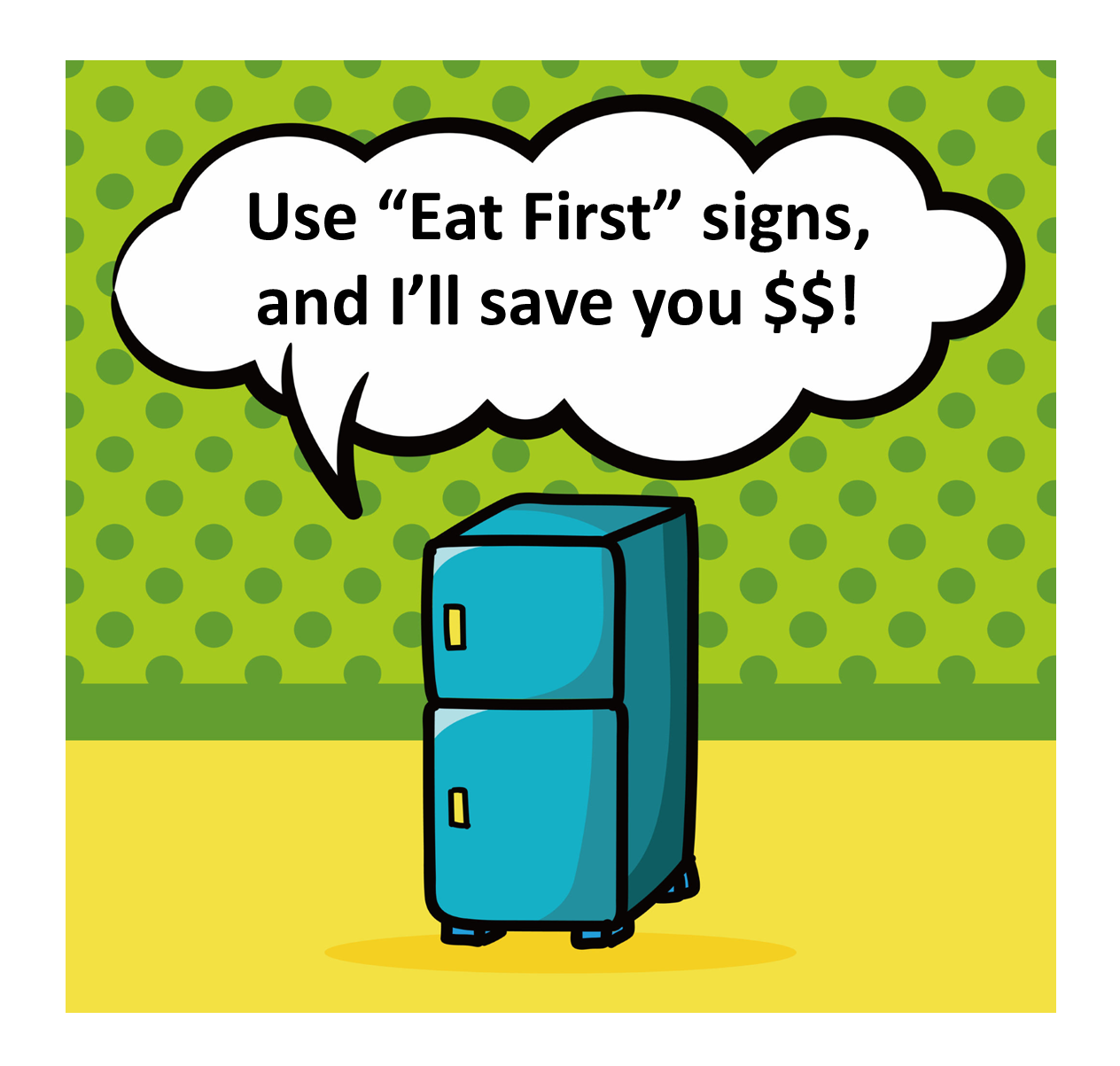Greetings, Conscientious Food Consumers!
We hope your first (and hopefully last) Pandemic Thanksgiving was safe, enjoyable, and as waste-free as possible! For myself, I’m happy to report this year’s experiment with a smaller dinner party, smaller menu/portions and long-distance well-wishing worked out fine. No Leftovers Left Behind, either:

– No leftover turkey-wrangling for me this vegetarian Thanksgiving.
– The chanterelle orzo/rice and glazed carrots went great with sausage a couple days later. (I’m an omnivore.)
– The remaining half-carton of veggie stock I used in cooking the rice blended happily with leftover butternut, sweet potato, ginger and coconut milk into a tasty soup.
– The leftover sparkling wine made great mimosas!
– Next on the menu: leftover cranberry relish-glazed chicken thighs. And time to start a fresh series of Meal Plans! You can download and print ours here.
Hopefully this year’s Thanksgiving aftermath has also been a bit easier to manage for you, Conscious Food Consumers! So let’s all pat ourselves on the back, take note of lessons learned (if applicable) and get up for this next round of holiday meal planning.
Of course, the next round of planning, shopping and prepping also depends on making sure your fridge is happy! A happy fridge is well-lit, running efficiently, not overloaded (so it can do its job), and not over-inflating your utility bill. Here’s some simple things you can do that will also keep your pocketbook happy:
- Does your utility provide a detailed energy usage report as part of its monthly billing statement? (Mine does.) If your fridge is consistently using more energy than it should, improving its efficiency might be as simple as dusting off the coils on the bottom or in the back. Or it could mean it’s time to upgrade — many utilities offer incentives through partners like Energy Trust of Oregon for replacing older appliances with new, energy-efficient models.
- Regularly check your refrigerator/freezer temperatures. An ideal fridge temperature is 33°F to 38°F, and your freezer should be kept between 0°F and 5°F. Make sure the door gaskets for each compartment are kept free of debris and have a tight seal.
- Make sure the cold air is circulating properly in both the fridge and freezer by not overloading and blocking the fan.
- Consider freezing items that would normally take up space in the fridge “Eat First” area — like cheese, cooked grains, portions of tomato paste, or even knobs of fresh ginger. If you’re like me and can’t use an entire can of tomato paste in one recipe, you’ll appreciate the suggestion for freezing it in tablespoon-sized portions!
Download and print our Eat First! signs below:
KAREN CONFESSES: My fridge has NOT been very happy lately! Sometimes it made noisy clunky sounds. It wasn’t keeping my food cold enough, even when I adjusted the interior dial. And frankly, it was overloaded! It was stressful every time I tried to “get creative” with the items on my “Eat First” shelf.
It was kind of like what happened in this fun video from our colleagues at StopFoodWaste.org in Alameda County, CA, “Is Dinner Hiding in Your Fridge?”:

KAREN ALSO CONFESSES: I didn’t take my own advice before Thanksgiving about clearing out my “Eat First” shelf! Even with just a few leftovers, I still didn’t have enough room — so it was time for a refrigerator “reality check.” It didn’t take that long, and it really made a difference when I could see what was in there!
$$ WASTED: Hard to determine — at least $30!
LESSONS LEARNED: Freeze more/waste less, and keep rotating that Eat First shelf!
*****

JEANETTE CONFESSES regarding her Eat First shelf: After we went grocery shopping and were putting stuff into the fridge, we had to do a mini-cleanout/consolidation to make room for new items! We discovered some non-perishables had migrated into the Eat First shelf and blocked the visibility of perishables… which then went bad.
And it didn’t help that the light bulb on the right side of the compartment had burned out!
LESSONS LEARNED: Multiple!
- LABEL EVERYTHING (even the obvious stuff) with sharpie and masking tape: What is it, and date placed on shelf. Maybe even label the front of the item instead of the lid for better visibility!
- Replace fridge light bulbs promptly so you can see what’s in there.
- Be more proactive about removing non-perishables that migrate onto Eat First shelf — unless we really want to eat them first.
- Try creating a Freezer Inventory form for the fridge’s Eat First shelf OR just be a lot better about keeping it more sparsely populated so we can SEE everything!
- Remember: food kept as leftovers but never eaten is the same thing as tossing it out in the first place. Wasted food is wasted MONEY!



We hope our “lessons learned” will help keep both you and your fridge happy this holiday season!




